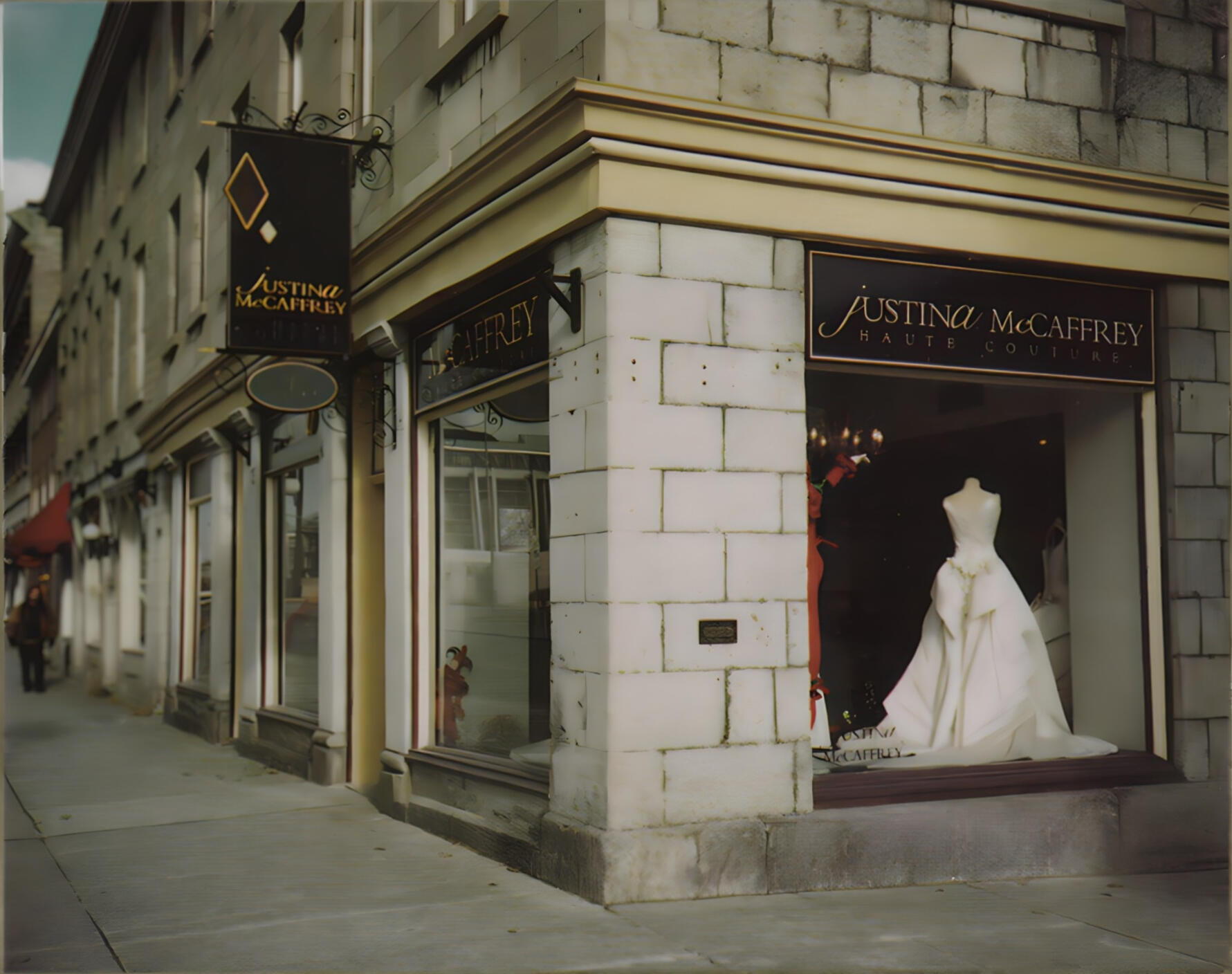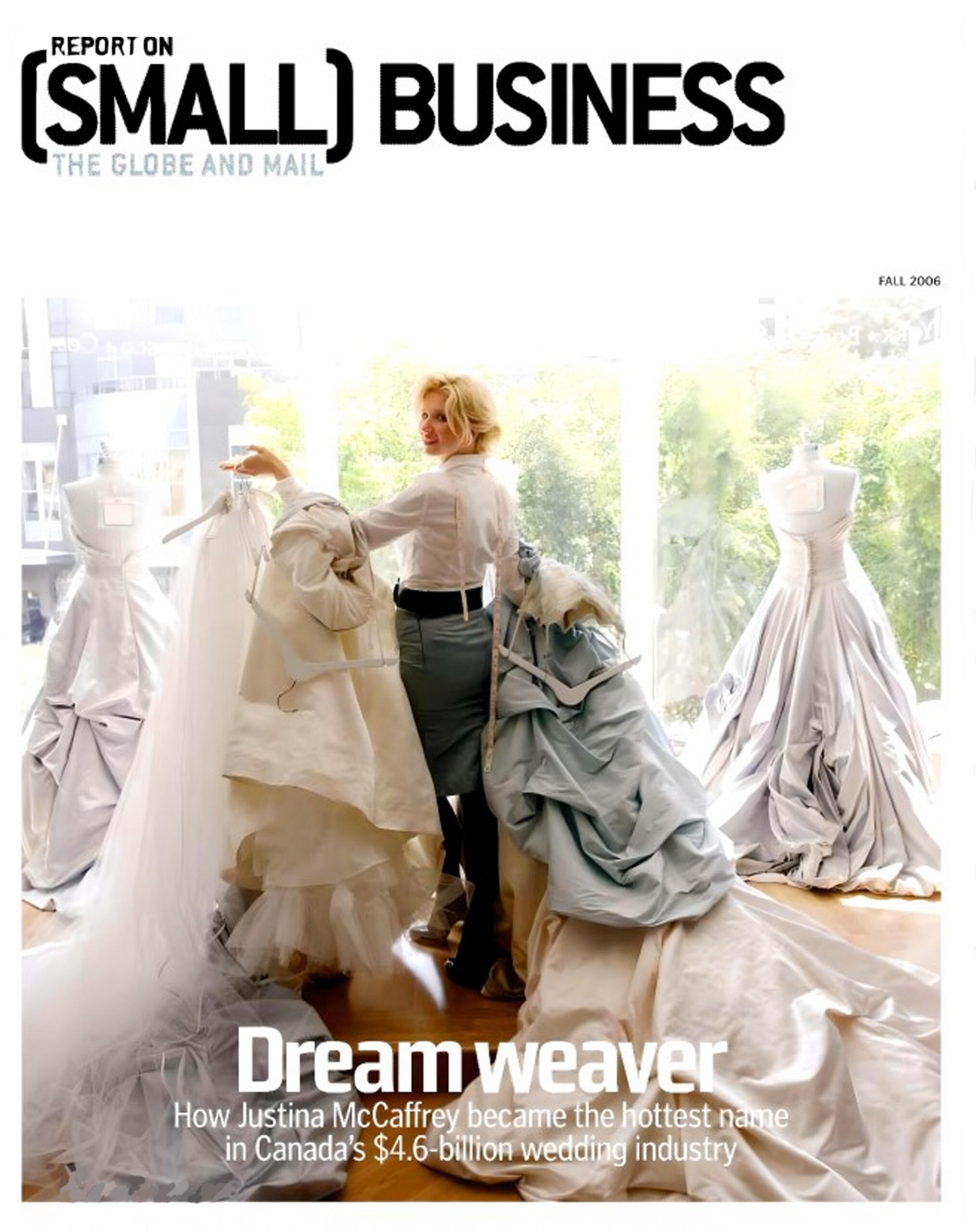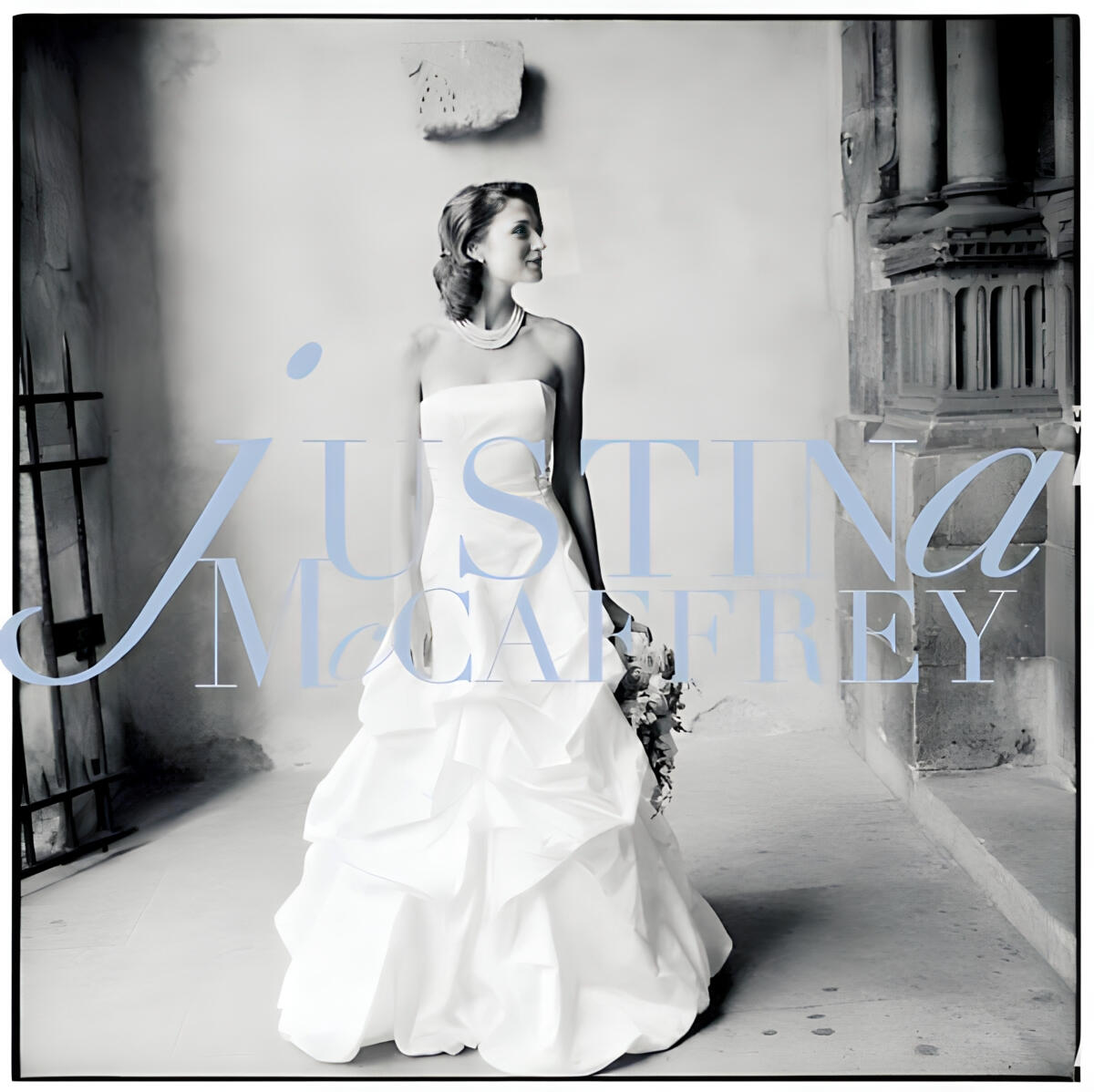
I didn’t set out to build a company. I set out to preserve beauty—to hold it, to elevate it, to serve it. And that remains the thread through everything I created. My gowns weren’t perfect because I wanted them to be admired. They were perfect because I wanted them to be remembered. Because I wanted the woman to remember herself, at her most luminous, at her most beloved, at her most complete. The dress wasn’t about the designer. It was always about her. And if this site is the echo of a chapter that’s closing, let it be a quiet thank-you to the tens of thousands of women who walked with me—silk at their feet, joy in their eyes, courage stitched invisibly along every seam.This was always about more than beauty. It was about obsession. I lived in increments—half millimeters, quarter shades. I had a monastic relationship with color: inching myself between neighboring Pantone washes of ivory the way a composer moves between notes. These subtle shifts weren’t just professional choices—they mirrored how I lived. Quiet refinements, one degree at a time. That’s how the best design happens: not through trends, but through persistence. Through intimacy with the materials. Through resistance to noise. I worked like a sculptor—cutting away anything that didn’t serve the form. And I asked the same of the women who came to me: to trust the cut, to let the fabric reveal the silhouette, not the other way around.And at the center of it all was silk. Real silk. Silk with tension, silk with memory. Silk that fought back until it finally yielded. Even linings were made of silk, because the woman wearing the gown deserved to feel luxury not just on display, but against her skin. That intimacy was the point. That interiority. The corsets were redesigned every season and built-in—not to confine—but to carry. To hold. To structure the body so the spirit could rise.I believed the dress should revolve around the woman—not the woman forced to fit the dress. And so, my boutiques became spaces of listening, of translating. Of serving. “Ladies serving ladies,” we used to say. But what we really meant was: no performance. No pretense. Just care. Each measurement was taken in dialogue. Each appointment, a collaboration. We didn’t sell gowns—we built relationships. And those relationships led me deep into the world of ballet and opera, where rigorous grace is practiced daily, and the body is both vessel and instrument. The same reverence lived in my studio: the quiet of pinned muslin, the rustle of a hem being refined, the final weight of a finished garment hanging on its form.Today, I no longer create gowns in the traditional sense. The ateliers have quieted, and many of the silk factories have closed. The women who once worked alongside me—artisans I proudly employed in my own factory—have grown older. These were not outsourced hands; they were skilled professionals who poured their expertise and heart into every stitch. Their dedication and craftsmanship were the backbone of my designs, and their legacy lives on in each gown we created together.This website is not a shop, but a tribute. A place to gather the memories, the silhouettes, the whispers. A scrapbook of fabric and story. If you’re here because you wore a Justina McCaffrey dress—or loved someone who did—you’re in the right place. And if you’ve ever believed in the power of a dress to say something quietly bold, to elevate a moment without overpowering it, then perhaps we’ve always understood each other.

New York Bridal Week
October 9, 2003
Flatotel Hotel, New York
135 West 52nd
Between 6th & 7th
photo: Rick Bard - Manhattan Bride Magazine
Justina McCaffrey Flagship Boutique
365 Sussex Drive
Ottawa Canada
Opened November 22, 1996
Closed February 18, 2008

On a crisp September morning in 2005, we filmed the “Coronation Collection” through the cobblestone streets of Old Montreal. Set to Mozart’s Coronation Mass, it was a moving portrait of grace and grandeur. Krista Dowson, of the National Ballet of Canada, and Kosta Voynov, of the Atlantic Ballet Theatre of Canada, danced between light and shadow, giving breath to silk. The lens belonged to Nick Sulsky and Chris Bowman of Media Cravin, while New York photographer John Dolan followed silently behind, capturing still moments in black and white. His images would later become our signatures in Martha Stewart Weddings, InStyle, and Brides. Sheri Terry, also from New York, brought quiet beauty to the hair and makeup. This film remains a love letter—to music, to movement, and to the timelessness of a well-cut gown.


If a Justina McCaffrey gown was part of your life, I'd be honored to hear about it.
I invite you to share a memory, a moment, or even a link to a photo.